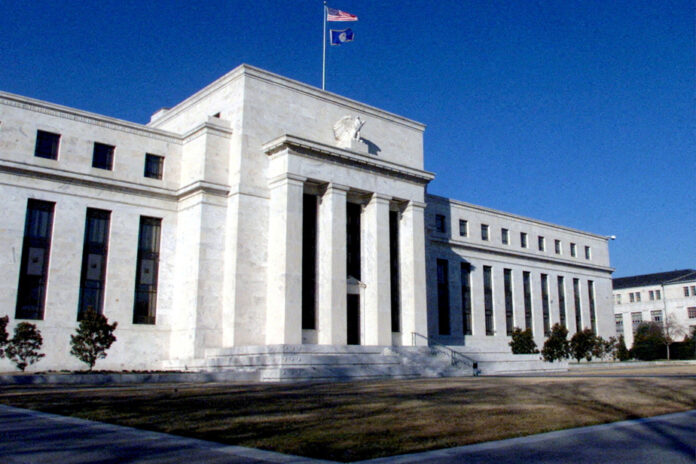(Washington) The Fed maintained its rates at their current level on Wednesday, but anticipates an additional increase by the end of 2023 and a higher level than expected in 2024, while it expects GDP growth to double compared to to its previous forecast.
The Monetary Policy Committee (FOMC) kept its main policy rate in the range of 5.25 to 5.50 percent, where it was after being raised at the end of July, during the last meeting. This is the highest level since 2001.
The decision was made unanimously by FOMC members.
However, this is not the end of the cycle, with central bank officials anticipating an additional increase by the end of 2023. And they see them falling less quickly than expected, since they should still be 5.1% in 2024, compared to 4.6% anticipated in their previous forecasts published in June.
Because the American central bank observes that the economy is doing much better than expected, and has doubled its forecast for growth of the gross domestic product (GDP) of the United States for 2023, counting on 2.1% against only 1.0% in June.
The American economy “is growing at a solid pace,” noted the Fed in the press release published at the end of its meeting. During its previous meeting, at the end of July, it reported a “moderate pace”.
And for 2024, the Fed anticipates 1.5% growth, compared to 1.1% in previous forecasts.
Inflation forecasts remain roughly the same as in June, at 3.3% for this year (compared to 3.2% previously), then 2.5% in 2024 (same as June), and 2.2% in 2025 (compared to 2.1%).
Rates have risen eleven times since March 2022, a very rapid pace, intended to curb inflation not seen in more than 40 years.
Fed Chairman Jerome Powell will hold a news conference at 2:30 p.m.
Inflation has, since its peak in June 2022, slowed significantly, despite further acceleration this summer. It stood at 3.7% year-on-year in August, according to the CPI index.
The Fed favors the PCE index, which it wants to bring back to around 2%, and in July was 3.3% year-on-year. August data will be released on September 29.
The situation seems to be gradually rebalancing on the job market, after two years of labor shortage, which caused wages to soar. The unemployment rate rose to 3.8% in August, driven by an influx of new workers, which could help cool inflation.
As for consumption, the engine of American economic growth, particularly vigorous since the start of the COVID-19 crisis, it seems to be showing first signs of weakness.
And starting in October, millions of Americans will see their purchasing power further reduced, as they will have to start repaying their student loans again, after a two and a half year break linked to COVID-19.
But will the American economy succeed in this “soft landing” desired by the Fed? Several clouds threaten it.
Starting with the unprecedented strike started on Friday by the powerful automobile union, the UAW, among the “big three” American manufacturers, GM, Ford and Stellantis (merger of the French PSA and the American Chrysler).
Another threat is that of “shutdown”, a paralysis of the federal administration, if Republicans and Democrats in Congress do not agree on the government budget by the end of the month.
The Fed’s board of governors was complete for the first time since February, after the departure of former vice-president Lael Brainard, who left to lead the White House economic advisers. She was replaced by Philip Jefferson, and the Fed welcomed its first governor of Hispanic origin, Adriana Kugler.















